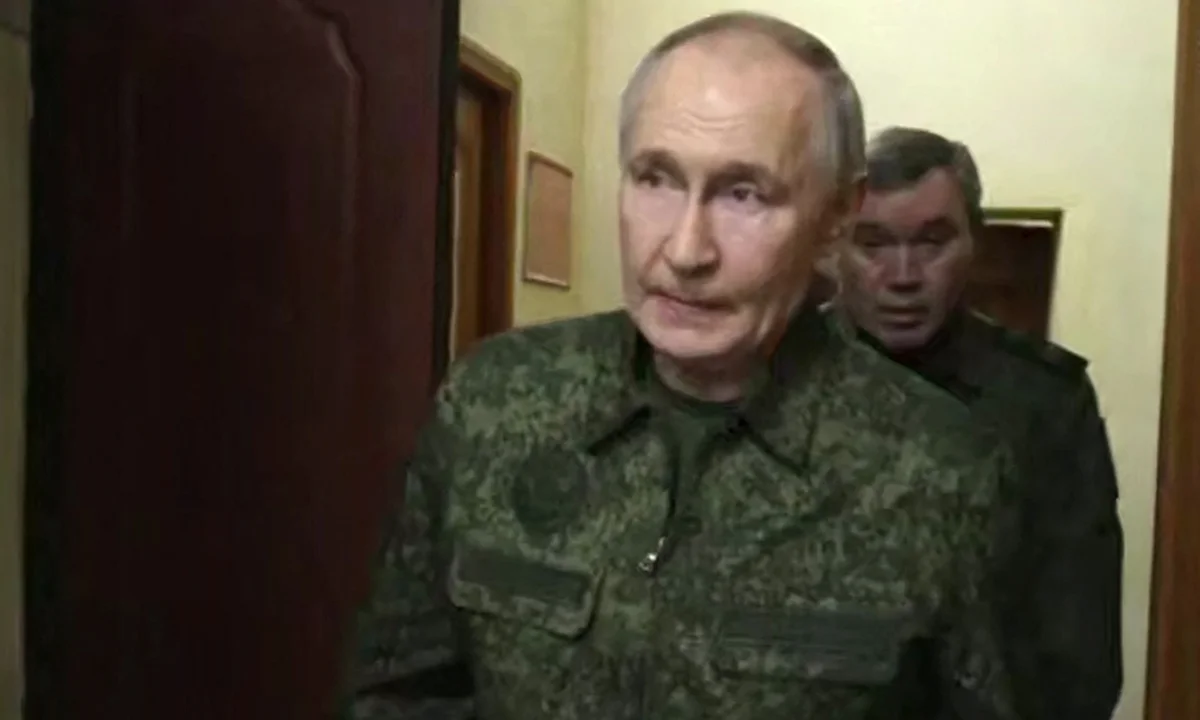The Border Line, August 15
Tensions remain high as the world looks toward the upcoming Alaska summit between the United States and Russia. Moscow has repeated its stance that its core objectives in Ukraine are unchanged, signaling little appetite for genuine peace talks in the immediate future. For the Kremlin, participation in global diplomacy is as much about projecting power as it is about actual negotiation.
The United States has made its position clear: any progress hinges upon a complete ceasefire in Ukraine. Officials in Washington continue to stress that no agreements can be forged, and no stabilization reached, until fighting stops on the ground. Furthermore, the United States is adamant that Ukraine must be fully included in any peace talks—no deals struck in secret or behind Kyiv’s back will be tolerated.
President Trump has issued a stern warning to Moscow, making it clear that Russia may face “very severe consequences” if Vladimir Putin refuses to engage in earnest after the summit. While the White House is determined to keep options open, the message is unmistakable: the path to peace must involve Ukraine and meet international standards for transparency and accountability.
For Moscow, the Alaska summit serves not only as a diplomatic venue, but as an opportunity to reinforce Russia’s image as a global force and recast Putin as Trump’s equal on the world stage. Meanwhile, reports indicate Russian forces are preparing new offensives in southern Ukraine, particularly around Kherson Oblast, with drone strikes on Ukrainian positions expected to continue and threaten civilians.
Intelligence from the Institute for the Study of War notes that recent Russian activity near Dobropillya is limited—mostly small-scale reconnaissance and sabotage, rather than sustained control over territory. Analysts maintain that Russia does not hold decisive power in these infiltrated regions, underscoring the instability and flux along the frontlines.
America’s Role: Facilitator, Not Director
While the United States maintains tough conditions—cessation of violence and Ukraine’s presence in negotiations—it also affirms its willingness to facilitate structured discussions between Kyiv and Moscow. Ultimately, Washington seeks dialogue that delivers real stability, safeguards civilians, and honors Ukraine’s sovereignty.
Fluid Frontlines, Uncertain Future
The coming days will test both Russia’s resolve and the world’s patience. If the Alaska summit yields only intransigence from Moscow, a broad international response is likely to follow. For now, drone strikes, small incursions, and shifting control mark the ongoing uncertainty across eastern and southern Ukraine. [Source: Institute for the Study of War]





